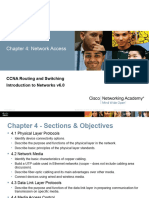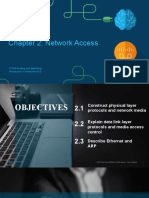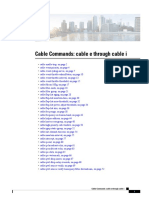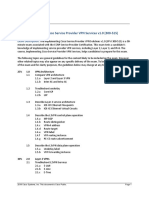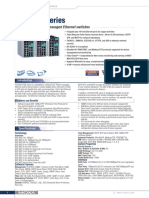0% found this document useful (0 votes)
3 views27 pagesDFC20293 Network and Data Communication 2.3
Topic 2 Network Access
Uploaded by
arfidzulCopyright
© © All Rights Reserved
We take content rights seriously. If you suspect this is your content, claim it here.
Available Formats
Download as PDF, TXT or read online on Scribd
0% found this document useful (0 votes)
3 views27 pagesDFC20293 Network and Data Communication 2.3
Topic 2 Network Access
Uploaded by
arfidzulCopyright
© © All Rights Reserved
We take content rights seriously. If you suspect this is your content, claim it here.
Available Formats
Download as PDF, TXT or read online on Scribd
/ 27


















